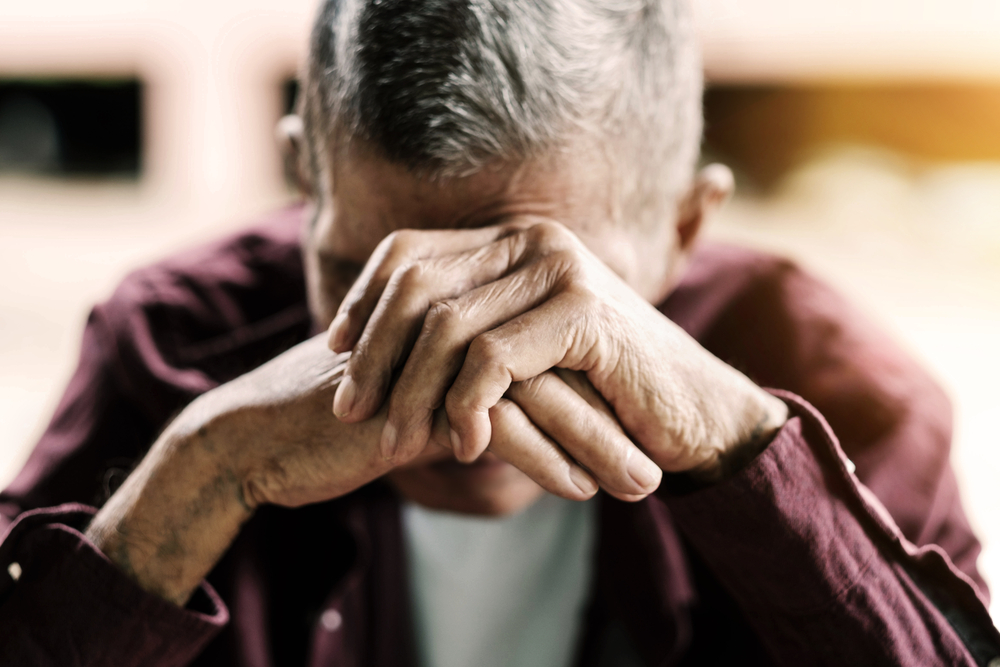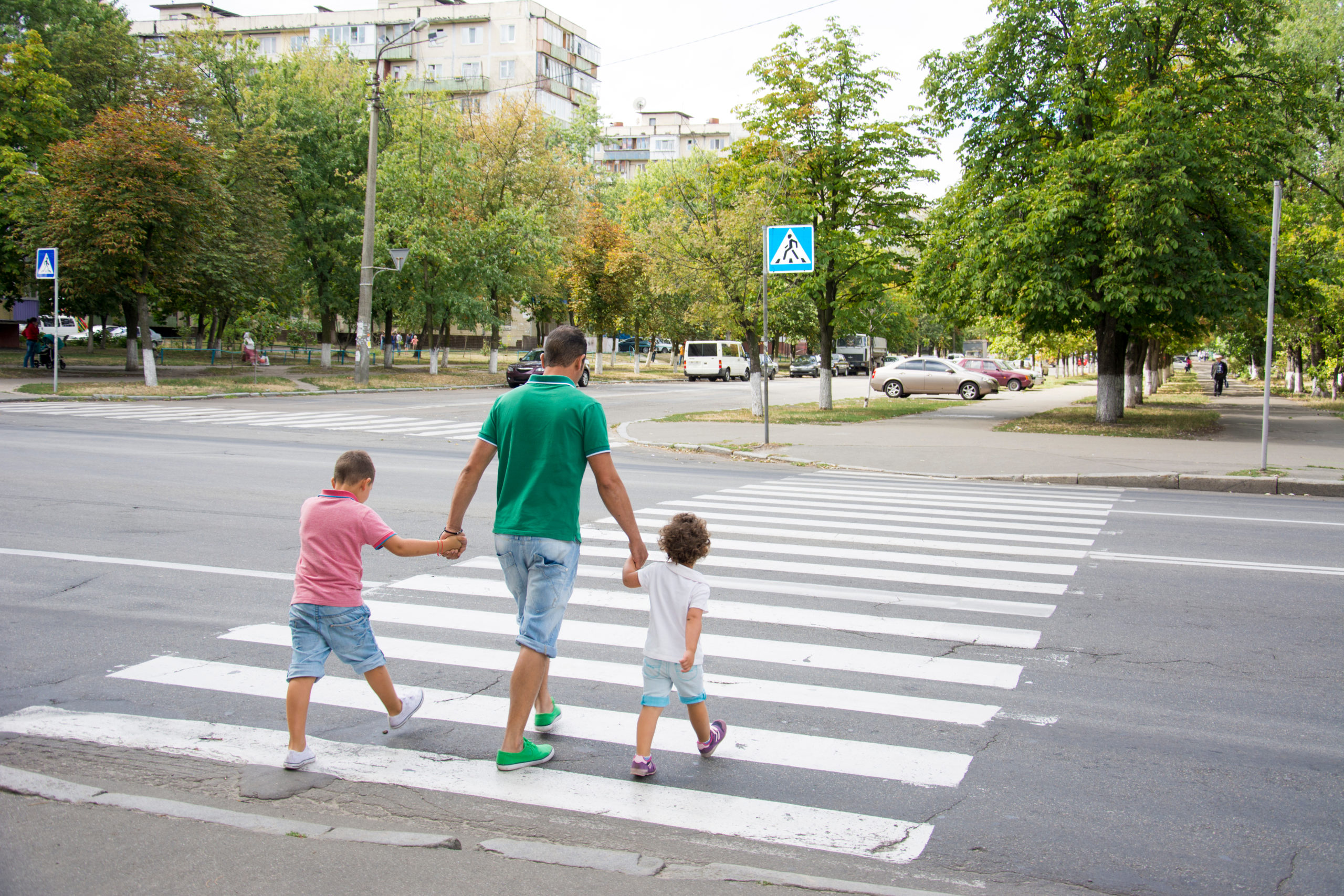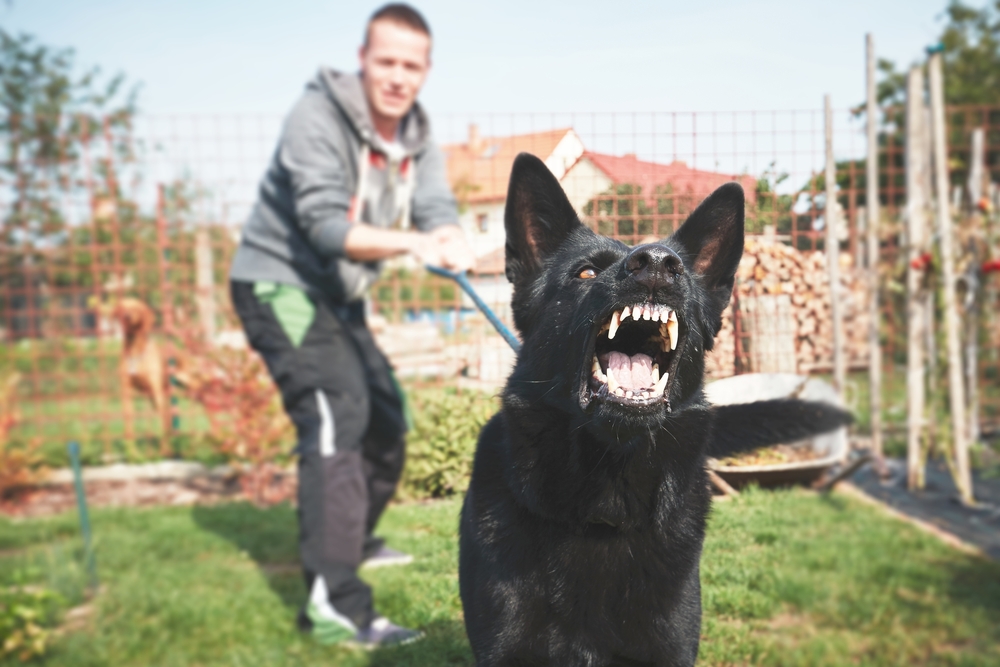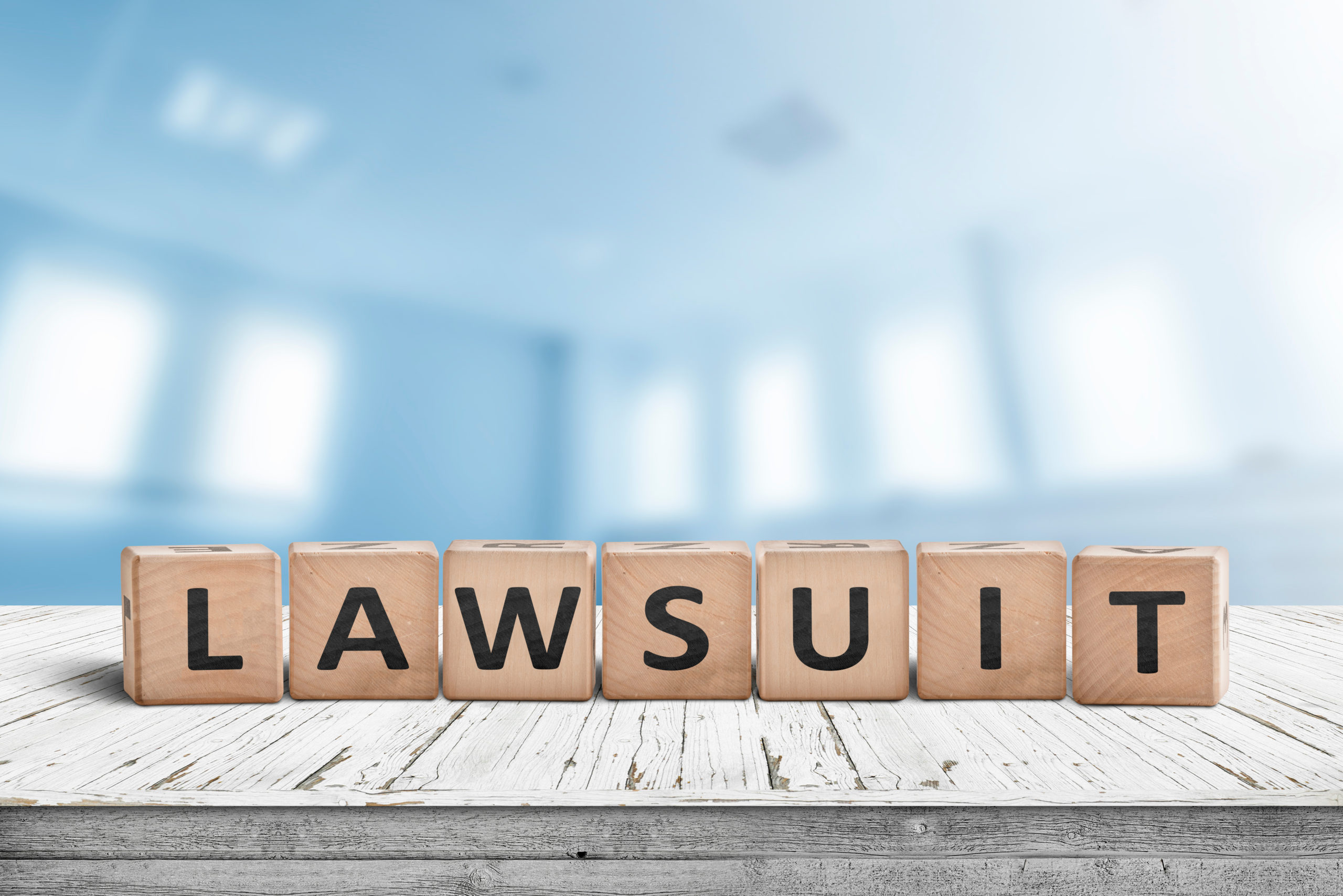Car Accident Lawyer in Richardson Zach Herbert explains what you need to know about car wrecks and wrongful death. The unexpected, avoidable loss of a loved one is nothing short of tragic. The personal injury law firm of Herbert & Eberstein in Richardson, Texas explains how to know if you might be entitled to financial recovery through a wrongful death claim.
No matter what the circumstances, there are few things in life more devastating than the loss of someone you love. In cases where a loved one has passed away unexpectedly due to the harm or negligence of another person, such as a fatal car accident, coping with their death is often even more difficult. Not only is the family dealing with their grief, but they may also have been put in a place of financial vulnerability. In cases like these, it may be possible to file a wrongful death claim that will help ease their financial burden.
What Is Wrongful Death?
The family of a loved one who has passed unexpectedly, might feel a sense of injustice and wrongdoing but associate it with a normal part of the grieving process. Examples of this type of wrongdoing might be the case of a surgeon making a fatal error or an exhausted truck driver causing the death of their loved one. For families that find themselves in a situation like these or similar, it’s important that we answer the question of “what is wrongful death?”
According to Texas Statute, wrongful death is death that occurs due to the neglect, wrongful act, lack of skill, carelessness or default of another person. We tend to associate wrongful death with acts that occur in a hospital, but the law actually applies to an avoidable death in any situation that was the fault of someone else – for instance, a distracted driver that kills a pedestrian in a car wreck or a company that sells contaminated pharmaceuticals.
To meet the criteria for wrongful death, the following must be proven:
- The death that occurred was either in part or completely caused by the defendant
- The death that occurred happened as a direct consequence of the defendant’s neglect, carelessness or intentional actions
- The death that occurred has resulted in an emotional and financial effect on the family
- The death resulted in a financial burden upon the deceased’s survivors – this applies whether or not the survivors have the financial means to recover from the financial impact of their loss
What You Need to Know About Filing a Wrongful Death Claim
When a loved one has passed away unexpectedly, the furthest thing from many people’s minds is pursuing legal action against those responsible. It’s natural to want to wait until the immediate grief passes and the recovery process has begun, but it’s also important to realize that the sooner you take action for filing a wrongful death claim, the quicker you can begin recovering financially from funeral cost, medical bills and loss of wages.
Only with few exceptions, the person filing a wrongful death claim has two years from the date of the deceased person’s death to do so. Two years might seem like a long time, but when you’re grieving the loss of a loved one after a car accident and learning how to adapt to a new normal, time can pass quickly. For this reason, the family is urged to consider filing a wrongful death claim sooner rather than later.
It’s also important to know that only certain people are allowed to file a wrongful death claim. This group includes the surviving spouse, adult or minor child, surviving parents or legal personal representative of the deceased person’s estate. Typically, it’s the closest surviving relative that files the claim. For example, the rights of a spouse to file a claim supersede those of the deceased’s adult children unless the survivors or court have agreed upon another representative of the estate.
Types of financial damages that can be recovered in a wrongful death suit include medical and funeral expenses associated with the death, lost wages, loss of earning capacity and financial compensation for emotional aspects, such as loss of companionship and emotional pain and suffering.
When to Contact a Car Accident Lawyer / Personal Injury Attorney for Wrongful Death in Texas
The important first step for recovering financially from the devastating loss of a loved one is contacting a personal injury attorney for wrongful death in Texas. Let experienced personal injury attorney Zach Herbert of Herbert & Eberstein guide you through the process of filing a wrongful death claim. While the emotional devastation of the loss of a loved one might be unavoidable, financial devastation doesn’t need to be. Contact our attorney Zach Herbert car accident lawyer in Richardson to discuss your case today.
Media Contact:
Attorney Zach Herbert – Dallas Car Wreck Lawyer
(T): 214-414-3808
Sources









